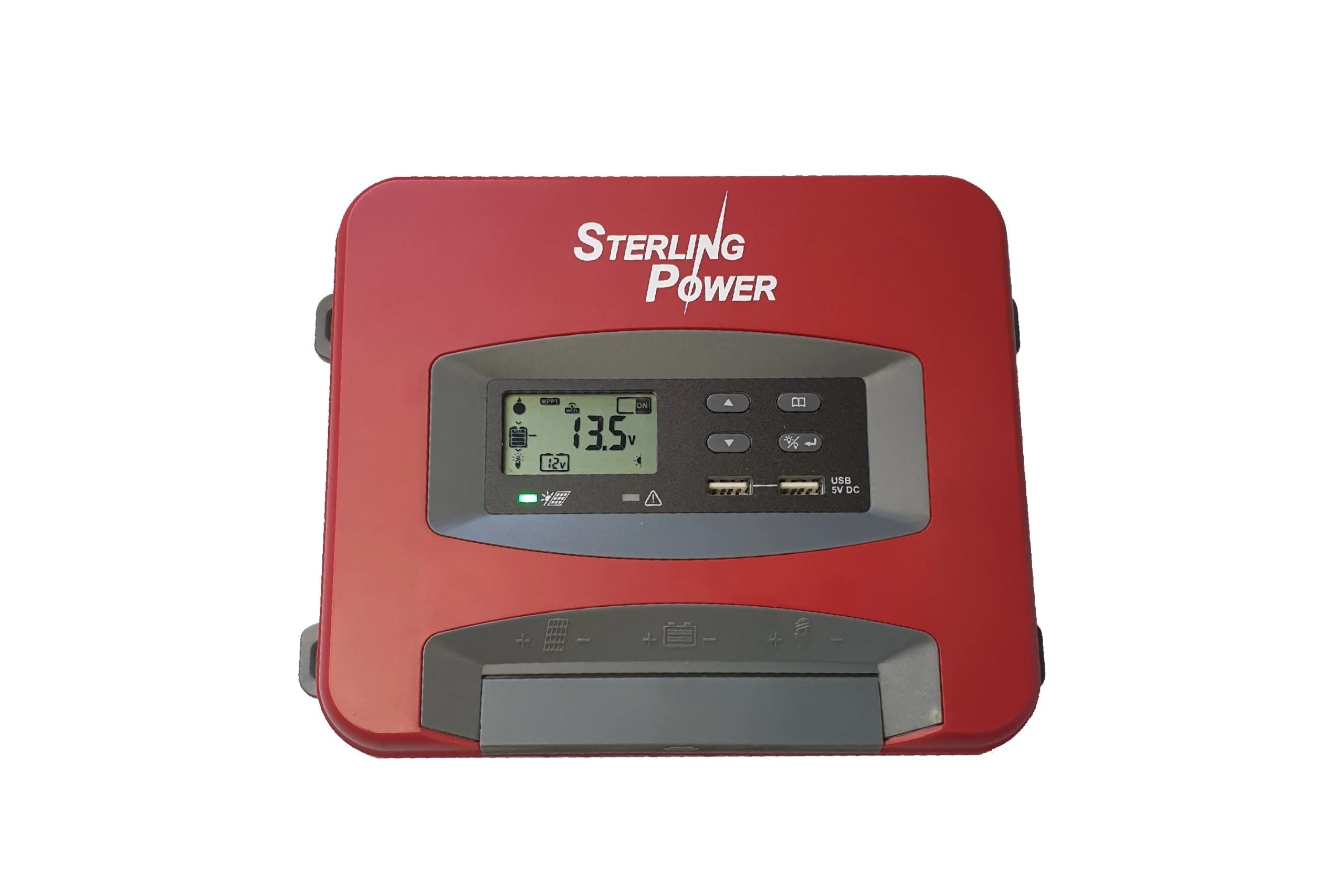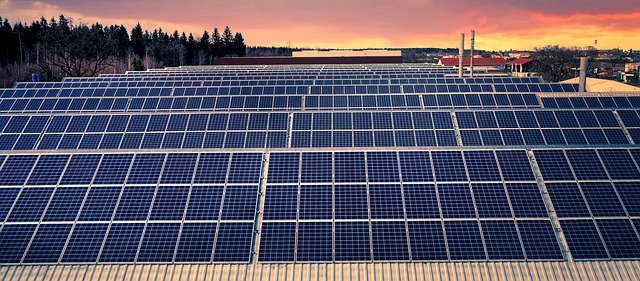 MPPT Solar Charge Controllers
MPPT Solar Charge Controllers
An MPPT solar charge controller, also known as a solar regulator, is a solar battery charger that connects the solar panels to the battery. Its job is to regulate the battery charging process to ensure that the battery is charged properly and, more critically, that it is not overcharged. For decades, DC-coupled solar charge controllers have been employed in practically all small-scale off-grid solar power systems.
What Is A Solar Charge Controller?
A solar charge controller is essential for solar power systems, particularly those involving batteries. It prevents overcharging by controlling the energy flowing from the solar panels to the batteries. DC-coupled controllers have been widely used for off-grid systems for many years.
MPPT Solar Charge Controllers
MPPT controllers are significantly more advanced than PWM controllers, allowing the solar panel to function at its maximum power point—essentially, the optimal voltage for the highest power output. MPPT controllers can be up to 30% more efficient, depending on the voltage of the solar panel and the battery. For more detailed insights, visit Sterling Power for further resources on solar charge controllers and their benefits.
MPPT charge controllers should generally be used in systems with higher power requirements, especially when two or more solar panels are involved, or when the panel voltage is at least 8V higher than the battery voltage.
What Is An MPPT Or Maximum Power Point Tracker?
An MPPT is a highly efficient DC to DC converter that enhances solar panels’ power production. Developed by the Australian company AERL in 1985, MPPT technology is now commonly used in most grid-connected solar inverters and many solar charge controllers.
MPPT technology continuously monitors solar panel voltage and current to find the ideal combination for maximum power generation, adjusting as sunlight conditions change throughout the day. High-end MPPT controllers can even handle partial shading or track multiple power points, further boosting efficiency. This technology can improve solar system performance by up to 30% compared to traditional PWM controllers.



Add comment